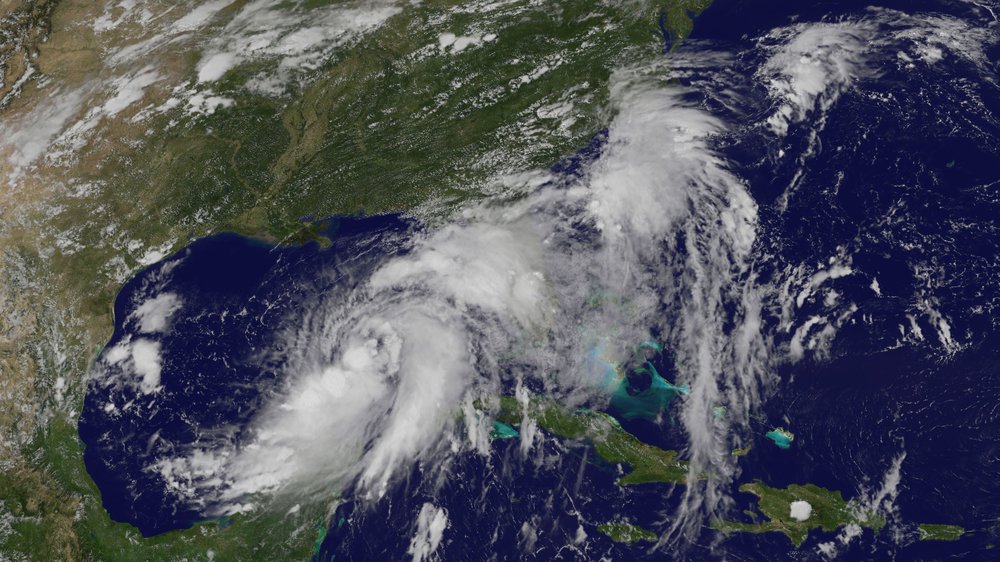Dear Brothers and Sisters in Christ,
The weather reports call for concern that Tropical Storm Hermine will create high wind and flooding throughout Greater New Jersey, particularly in coastal communities, Sunday, September 4 through Tuesday, September 6.
The leaders of the United Methodist Church of Greater New Jersey met today to enact our plans should conditions affect our area. Working through the aftermath of Hurricane Sandy three years ago, we learned many valuable lessons that help us better prepare today. We have many a large number of resources available for disaster response including disaster response coordinators located in each district, more than 300 UMCOR trained early response team members, secure communication technologies and the experience of our A Future With Hope staff who have been on the front lines of recovery operations.
Attached to this email you will find two documents that can help you prepare for the next emergency. Please take time to read it and prepare yourselves for any possible impact from this or future storms.
Hurricane/ Tropical Storms Safety Checklist
Hurricane/ Tropical Storms Survival Guide
It is highly recommended that everyone have a Basic Emergency Supply Kit for any potential disaster, not just hurricanes. According to the Federal Emergency Management Agency (FEMA) these kits, at a minimum, should contain the following:
- Water, one gallon of water per person per day for at least three days, for drinking and sanitation.
- Food, at least a three-day supply of non-perishable food.
- Battery-powered or hand-crank radio and a NOAA Weather Radio with tone alert and extra batteries for both.
- Flashlight and extra batteries.
- First aid kit.
- Whistle to signal for help.
- Dust mask, to help filter contaminated air and plastic sheeting and duct tape to shelter-in-place.
- Moist towelettes, garbage bags and plastic ties for personal sanitation.
- Wrench or pliers to turn off utilities.
- Manual can opener for canned food.
- Local maps.
FEMA also suggests adding these additional items to your basic Emergency Supply Kit:
- Prescription medications (seven day supply) and glasses.
- Infant formula and diapers.
- Pet food and extra water for your pet.
- Important family documents such as copies of insurance policies, identification and bank account records in a waterproof, portable container.
- Cash or traveler’s checks and change.
- Emergency reference material such as a first aid book.
- Sleeping bag or warm blanket for each person. During the cold months, consider additional bedding.
- Household chlorine bleach and medicine dropper—When diluted nine parts water to one part bleach, bleach can be used as a disinfectant. Or in an emergency, you can use it to treat water by using 16 drops of regular household liquid bleach per gallon of water. Do not use scented, color safe or bleaches with added cleaners.
- Fire extinguisher.
- Matches in a waterproof container.
- Feminine supplies and personal hygiene items
- Mess kits, paper cups, plates and plastic utensils, paper towels.
- Paper and pencil.
- Books, games puzzles or other activities for children.
Please share this information with your congregations, friends, and families. Many of the people and churches in our conference will face concerns due to the predicted local flooding and high winds. The storm is also affecting many lives in Florida and the Eastern Seaboard. I invite you to pray for those who have and will be impacted by this storm.
Peace!
Rev. Hector Burgos
Director of Connectional Ministries
Rev. Christopher Miller
Disaster Response Coordinator

